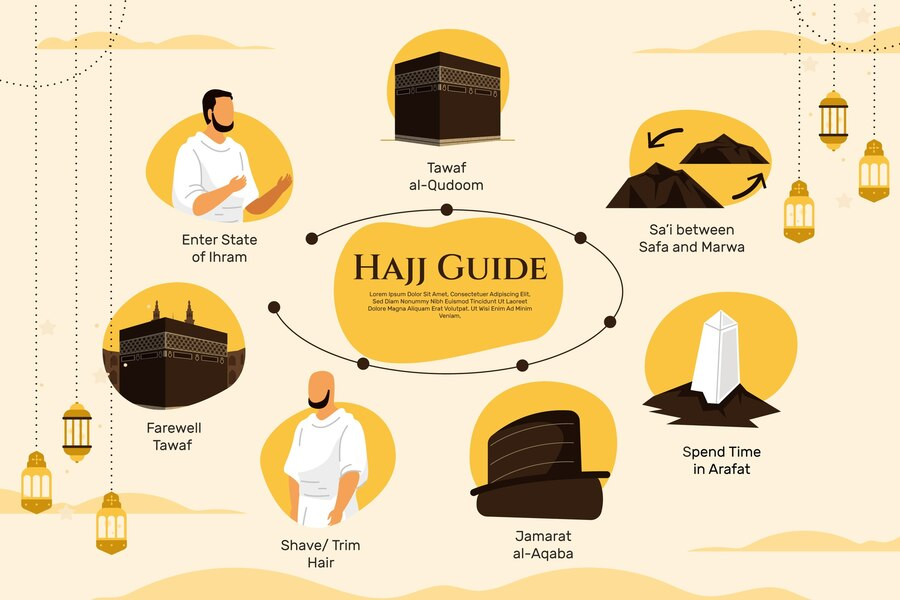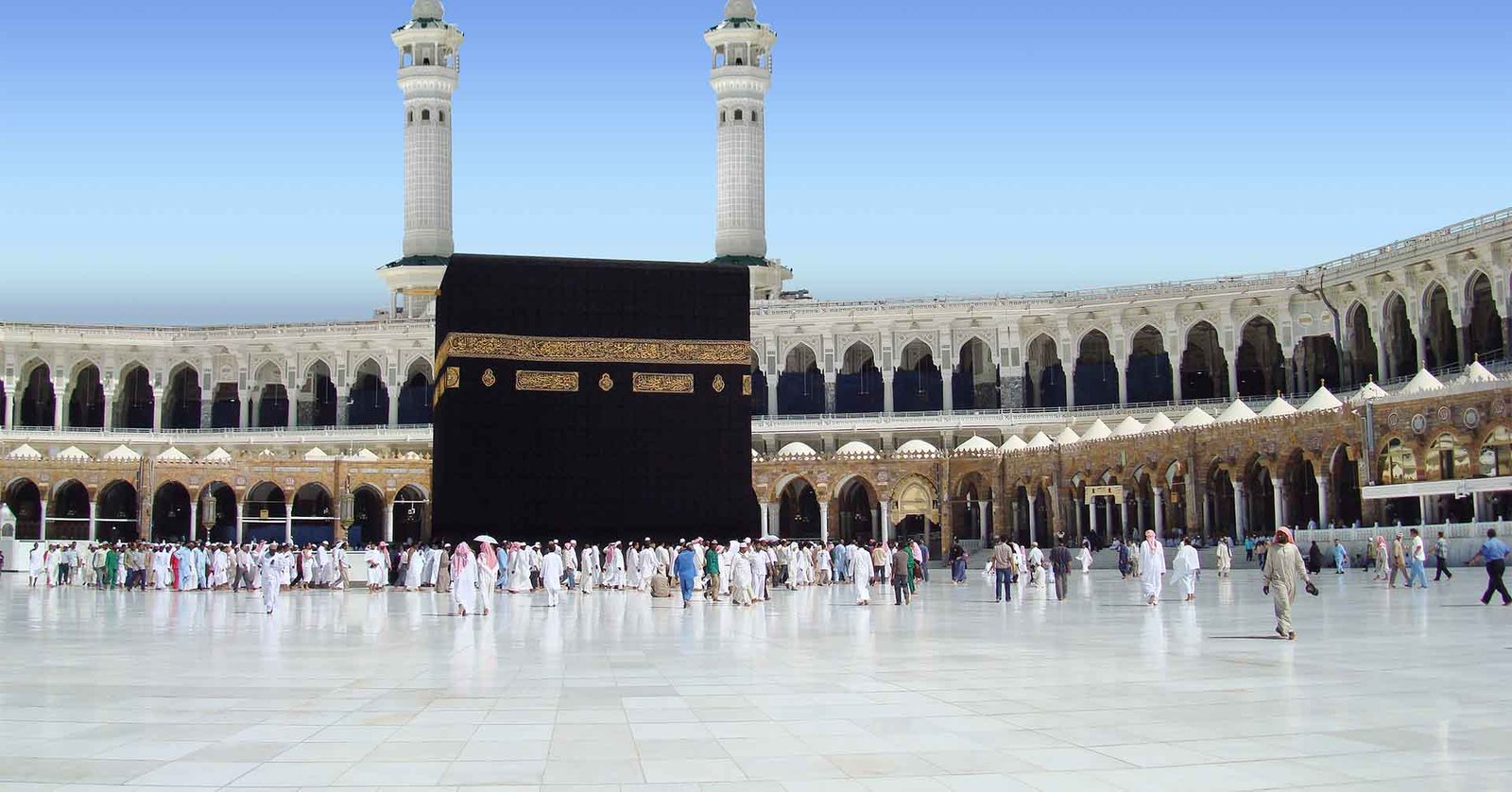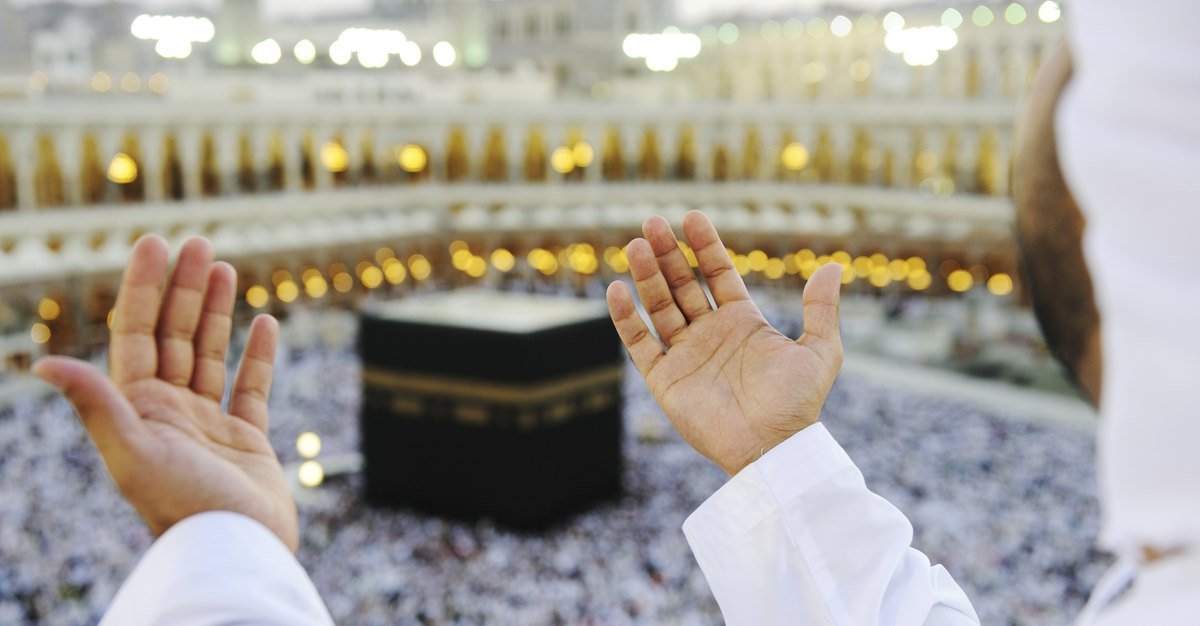Hajj Rituals Demystified: Understanding the Tawaf, Sa’i, and Stoning of the Devil
Hajj Rituals Demystified, one of the Five Pillars of Islam, stands as a profound testament to the faith and unity of Muslims worldwide. Every year, millions of believers from diverse backgrounds gather in the holy city of Mecca to perform this sacred pilgrimage.
At the heart of Hajj lie a series of rituals deeply rooted in tradition and spirituality. Understanding these rituals—Tawaf, Sa’i, and stoning of the devil—is crucial to comprehending the essence of Hajj.

The Hajj pilgrimage comprises several rituals, each laden with symbolic significance. Among these, Tawaf, Sa’i, and stoning of the devil hold paramount importance. Let’s delve into the intricacies of these rituals and unravel their spiritual meanings.
You also need to explore the History of Hajj.
Tawaf, the circumambulation of the Kaaba, lies at the core of Hajj rituals. Encircling the Kaaba counter-clockwise seven times symbolizes the unity of Muslims around a single focal point of worship.
Pilgrims, clad in Ihram, embark on this ritual, professing their devotion to Allah and embracing the spirit of unity among believers. You can also get Hajj Packages here.
Sa’i, the act of walking between the hills of Safa and Marwah, commemorates Hagar’s frantic search for water for her son, Ishmael. This symbolic journey represents perseverance, trust in divine providence, and the eternal bond between a mother and her child. Pilgrims emulate Hagar’s resolve as they traverse the same path, reaffirming their commitment to faith and resilience.
Stoning the devil, performed at the Jamarat, symbolizes the rejection of evil and temptation. Pilgrims hurl pebbles at three pillars, representing Satan’s attempts to dissuade Prophet Ibrahim from obeying Allah’s command. This act signifies the triumph of righteousness over sin and serves as a reminder of the constant struggle between good and evil.
Despite the significance of these rituals, misconceptions abound regarding their meaning and execution. Addressing these misconceptions is essential to fostering a deeper understanding of Hajj and its rituals.
Preparing for Hajj entails both physical and spiritual readiness. Pilgrims undergo rigorous training, familiarizing themselves with the rituals and cultivating a mindset of humility and devotion.
Hajj is not merely a physical journey but a spiritual odyssey that transcends worldly boundaries. Pilgrims describe it as a transformative experience, marked by profound moments of introspection, prayer, and communal solidarity.
The journey of Hajj is not without its challenges. Pilgrims encounter physical discomforts and logistical hurdles, yet they persevere, drawing strength from their faith and the support of fellow believers.
Rituals in Islam serve as tangible expressions of faith, fostering a deeper connection with the divine. Hajj rituals, in particular, encapsulate fundamental Islamic principles of submission, sacrifice, and spiritual renewal.
In the age of technology, Hajj management has witnessed significant advancements to accommodate the growing number of pilgrims. From crowd control measures to digital innovations, modern adaptations ensure a seamless pilgrimage experience while preserving the sanctity of tradition.
The COVID-19 pandemic has compelled authorities to implement strict measures to safeguard pilgrims’ health during Hajj. While these measures may alter the pilgrimage experience, they underscore the adaptability of Hajj rituals in the face of adversity.
In conclusion, the rituals of Tawaf, Sa’i, and stoning of the devil epitomize the spiritual essence of Hajj. Through these rites, pilgrims embark on a journey of self-discovery, reaffirming their faith and devotion to Allah.
As we unravel the mystique surrounding Hajj rituals, let us embrace the profound significance they hold in the hearts of millions of believers worldwide.








